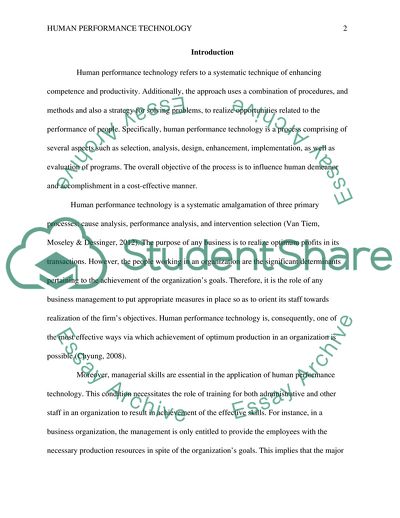Cite this document
(Human Performance Technology Essay Example | Topics and Well Written Essays - 1250 words, n.d.)
Human Performance Technology Essay Example | Topics and Well Written Essays - 1250 words. https://studentshare.org/education/1859831-business-of-hpt
Human Performance Technology Essay Example | Topics and Well Written Essays - 1250 words. https://studentshare.org/education/1859831-business-of-hpt
(Human Performance Technology Essay Example | Topics and Well Written Essays - 1250 Words)
Human Performance Technology Essay Example | Topics and Well Written Essays - 1250 Words. https://studentshare.org/education/1859831-business-of-hpt.
Human Performance Technology Essay Example | Topics and Well Written Essays - 1250 Words. https://studentshare.org/education/1859831-business-of-hpt.
“Human Performance Technology Essay Example | Topics and Well Written Essays - 1250 Words”. https://studentshare.org/education/1859831-business-of-hpt.


